MOVE WELL, AGE WELL PREVENTING DOG ATTACKS
Aging is a natural part of life, but how we age can look very different depending on our lifestyle choices and exercise is one of the most powerful tools we have to support healthy, independent aging.
Why exercise matters as we age
As we get older, it’s common to experience changes in strength, balance, mobility and energy levels. Muscle mass will naturally decline, bones may weaken, joint stiffness becomes more common and cognition declines. But the good news? Regular, targeted exercise can slow or even reverse many of these changes.
Staying active strengthens muscles and bones, improves heart health, supports mental health and reduces the risk of chronic conditions like arthritis, diabetes and osteoporosis. Exercise also helps with maintaining independence,

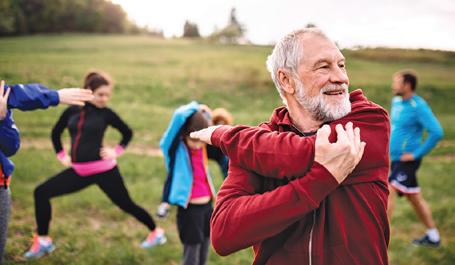
meaning you can keep playing with your grandkids, playing sports and continue doing the things you love for longer.
What kind of exercise is best?
A well rounded approach is key. The most effective types of exercise for older adults include:
• Strength training –Builds muscle mass, protects joints, improves bone density and improves insulin sensitivity.
• Balance and coordination training – Reduces the risk of falls
• Aerobic activity –Supports heart and lung health, energy and mood
• Flexibility – Supports better posture and movement

Safe and personalised support
It’s never too late to start, but it’s important to begin safely. This is where an Accredited Exercise Physiologist (AEP) comes in handy. Think of them as a personal guide and supporter who can assess your current health, mobility, and goals and then design a program which suits your needs that is individualised to YOU.
Start your healthy aging journey today
Exercise isn’t just about adding years to your life – it’s about adding life to your years. If you or someone you know are ready to move and age well, our team at OnePointHealth is here to help.
In recent months, we have seen an increase in dog fights and attacks, resulting in traumatised pets and emergency veterinary visits. For any pet owner, witnessing their dog or cat being attacked is a frightening and distressing experience – and in the heat of the moment, it’s natural to want to intervene. But staying calm, thinking clearly, and knowing how to respond can make a huge difference in minimising harm to both yourself and your pet.
It’s important to understand that any dog has the potential to show aggressive behaviour, regardless of breed or size. Aggression can stem from fear, anxiety, pain, protectiveness, or a perceived threat. Sometimes past negative experiences can also cause a dog to react defensively. That’s why early intervention and understanding body language are essential tools in preventing an incident before it occurs. Dogs rarely bite without warning. They often show a
range of behaviours leading up to an attack. More obvious signs include growling, baring teeth, lunging, snapping or stiff body posture. However, dogs will frequently exhibit more subtle signs of stress and anxiety well beforehand. These early cues may include:
• Licking their lips or yawning excessively
• Ears pinned back or flattened against the head
• Turning their face or body away
• Crouching or walking low to the ground
• Showing the whites of their eyes (also known as “whale eye”)
• Trying to avoid or move away from another dog
Recognising these early signs can be key to avoiding conflict. If you notice another dog becoming anxious or agitated near your pet, the best course of action is to calmly and quickly walk away. Avoid making direct eye contact with the dog, and do not run or shout, as this can escalate their behaviour.

If possible, use a physical barrier such as a fence, gate or parked car to separate the dogs. In the unfortunate event that an attack does occur, your safety is the priority. Do not try to physically separate the dogs with your hands, as this could result in serious injuries to yourself. If your dog responds to verbal commands, call them to you. Encourage the other dog’s owner to do the same. Always seek veterinary care for your dog after a fight – even if the wounds seem minor. Bite injuries can cause deep tissue damage and often become infected without treatment. For assistance, contact 4736 2027.










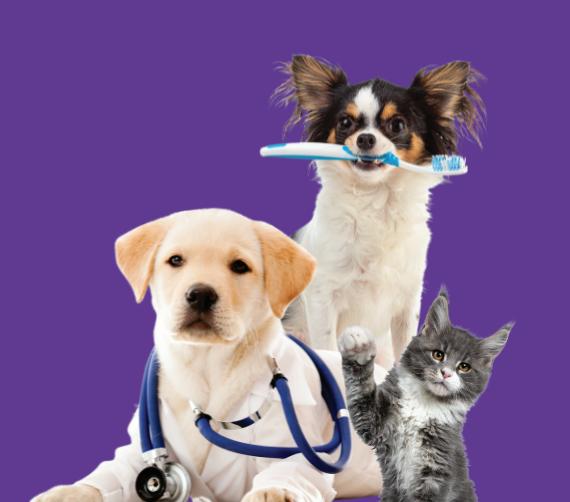






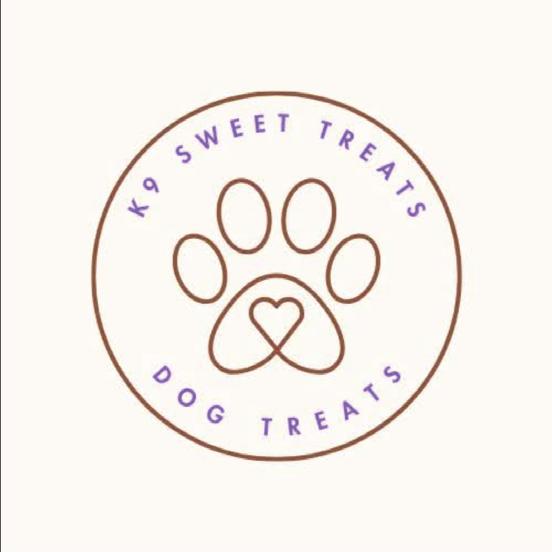










7. Filter
8. Military policemen (1,2)
9.
16. Up-at-dawn person, early
19. For a specific purpose (2,3)
22. Disgusts
23. Flings
25. Aromas
26. Canopy
29. Alfresco
32. Psychedelic drug (1,1,1)
35. Sideboard
37. Strict
38. On R and R (3,4)
40. Unhitch
41. Scrapes (leaves)
42. Large tree
43. Wrecked
44. Lavished aff ection (on)
47. Foams
51. Loose cloak
52. Trounced
53. Announce
54. Heedless
58. Phrase
59. Deplete
61. Arose (3,2)
63. Effl uent pipe
64. Banner
65. Wedding speeches
66. Perfume, ... toilette (3,2)
68. Timid rodent
71. Gallows loop
72. Catch breath
74. Old school, ... mater
76. So-so
78. Invitation footnote (1,1,1,1)
80. Use needle & thread
83. Unfair (deal)
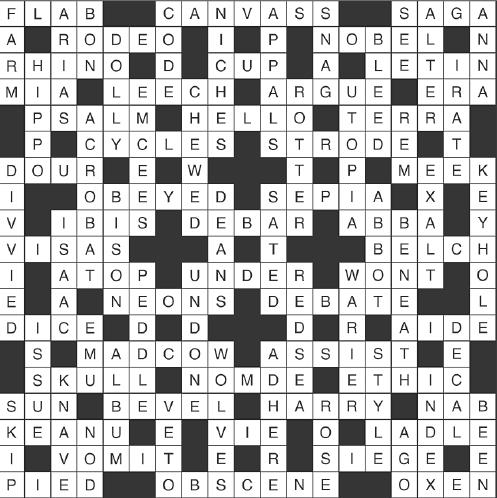









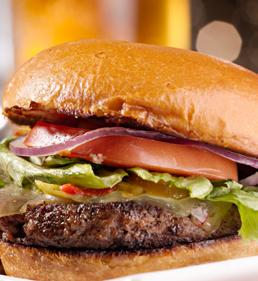







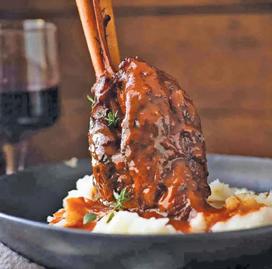

THEME: GENEALOGY
ADOPTION
ANCESTORS
CERTIFICATES
CHURCH RECORDS
COURT
DATES
DEATH
FAMILIES
FAMILY BIBLE
FATHER
GENEALOGIST
GENERATIONS
GIVEN NAMES
MOTHER
OBITUARIES
OFFSPRING
ORAL TRADITION
PASSENGER LISTS
PATERNAL
STUDY
SURNAME
TOMBSTONES
TOWN TRACE











